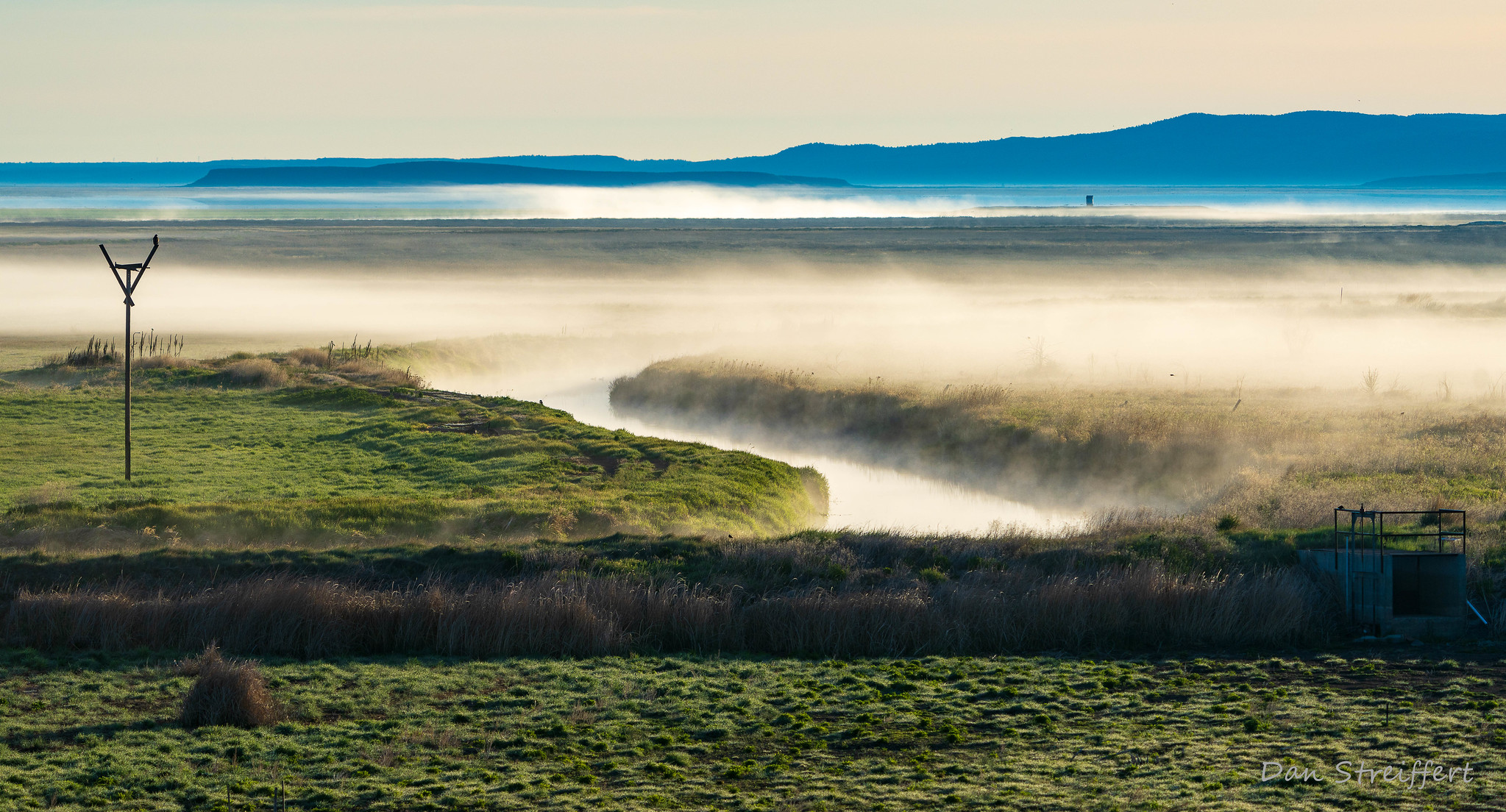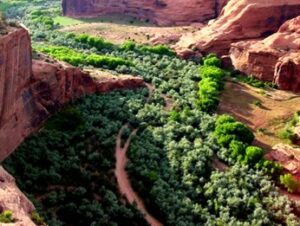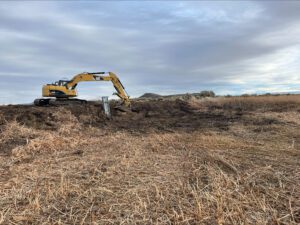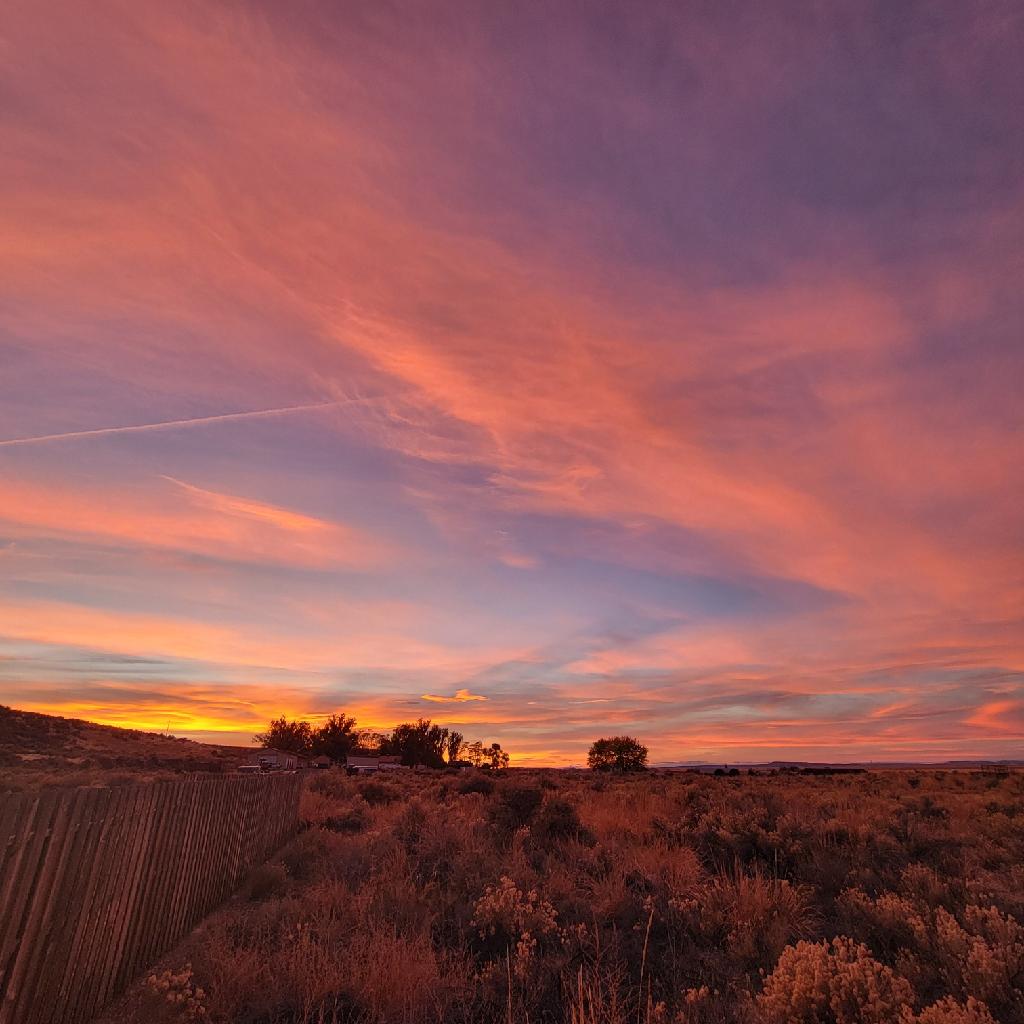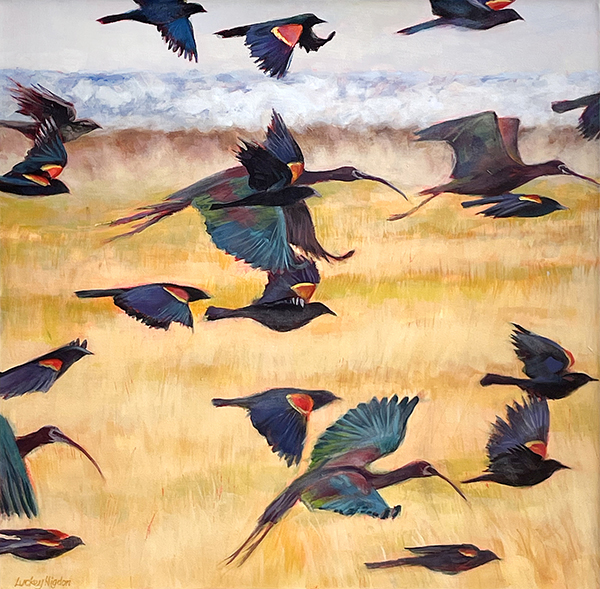Written by Suzanne Simons/ Photo by Dan Streiffert
Flocks of birds and people disappear overnight. Tundra swans, snow geese, birders, volunteers. It’s disorienting. Squawking, raucous lines at the gift shop gone. Poof. Gone, too, are spectacular cinematic scenes, like a coyote chasing a herd of deer – until they abruptly turn around in unison to chase the coyote, all to the amazement and delight of visiting third graders.
The grandeur has shifted – north for birds, the four winds for people – from splashy spring to subtle summer at the refuge. Flocks follow their north star to tundra nesting grounds as abruptly as retirees scurry off in their RVs. My month-long volunteer stint straddles the mad frenzy pilgrimage home, and deceptively quiet aftermath when much nesting, caring for young and fledging goes on.
A newbie, I didn’t understand what was happening. For a few days, I’m simply confused. Until a visitor points out a sprawling quail nest and a tiny sac of grasses and sticks, with a yellow warbler’s shy eye peeking out of the bushes. Until I go to fill the bird feeders one morning and find a rose-breasted grosbeak dining, then posing on a bush long enough for word to get out to birders who arrive swiftly, cameras and binoculars in hand. Until a dry Marshall pond begins to fill from a surge of storms that swelled the Blitzen to overflowing. Black-necked stilt, spotted sandpipers, Wilson’s phalarope and more flock to the pond from elsewhere on the refuge. News spreads quickly among birds too.
One evening, after a day of selling t shirts, bird guides, and window strike guards (oddly popular on this day), I walk the gravel road behind the volunteer quarters that leads to a boat launch on the Blitzen. The air is almost warm, finally. The relentless wind, a near-constant presence since I arrived, has stilled. A doe crosses the road to graze in a green field. A coyote shows no interest in me or in Mr. and Mrs. ring-necked pheasant strolling by. Great is the wetland with blue heron and egret nesting. A tern swoops over the river, scoops up bugs while a western grebe paddles leisurely back and forth.
Nature comes to us, if we stand still long enough. As the sky turns bands of turquois, lilac and magenta, coyotes yip and howl in a kind of call and response. The refuge gives ample space for quiet joy, simplicity and gratitude for nature and her creatures, alignment with their beauty and wisdom, and openness to their many mysteries.

